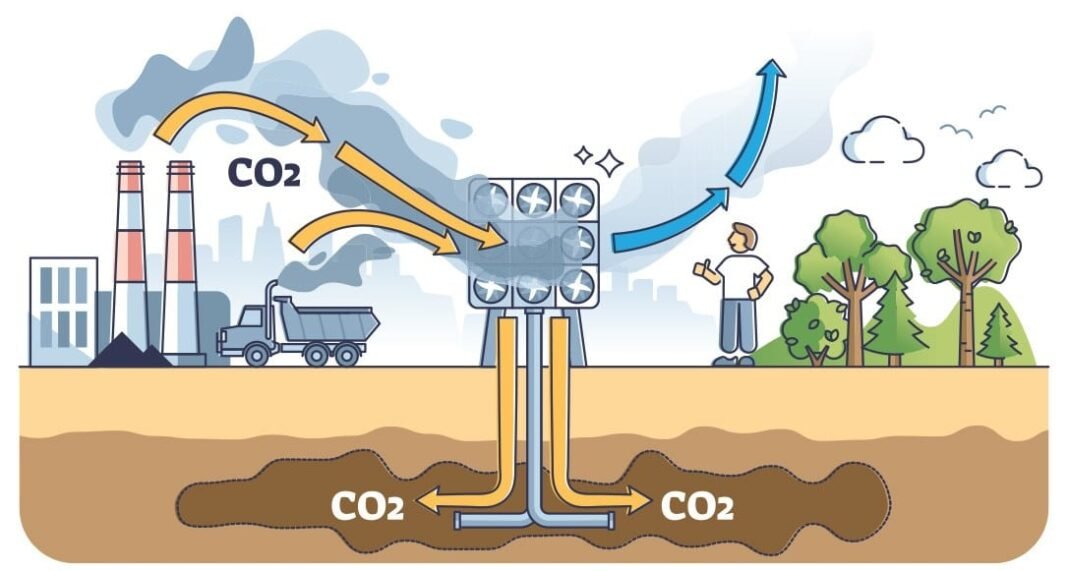
herbdavidguitarstudio
Music Brings Harmony To The WorldBreaking Barriers: How Carbon Capture Companies are Redefining Climate Action
Wednesday , 8, May 2024 Marketing and Advertising Leave a comment
Image Source: Google
Climate change is one of the most pressing issues of our time, and reducing carbon emissions is crucial to mitigating its impacts. While efforts to transition to renewable energy sources have gained momentum, carbon capture technologies are emerging as a promising solution to help address the existing carbon footprint. These technologies enable the capture and storage of carbon dioxide emissions produced by industries, power plants, and other sources before they are released into the atmosphere. In this article, we will explore how carbon capture companies are breaking barriers and redefining climate action. Refer: https://svanteinc.com/.
The Growing Importance of Carbon Capture
As the effects of climate change become more apparent, the importance of reducing carbon emissions is increasingly recognized. Carbon capture technologies play a vital role in this process by capturing carbon dioxide emissions at their source and preventing them from entering the atmosphere. Here are some key points highlighting the growing importance of carbon capture:
Points to Consider:
- Carbon capture technologies can help industries meet emissions reduction targets.
- These technologies enable the continued use of fossil fuels while reducing their environmental impact.
- Carbon capture is essential for achieving net-zero emissions and limiting global warming.
- Investments in carbon capture technologies are increasing worldwide.
Breaking Barriers in Carbon Capture Technologies
While the concept of carbon capture is not new, advancements in technology and innovation have led to significant progress in improving the efficiency and feasibility of these technologies. Carbon capture companies are at the forefront of breaking barriers and driving the adoption of these technologies on a larger scale. Let's delve into some of the ways in which these companies are redefining climate action through carbon capture:
Key Innovations:
- Development of more cost-effective and energy-efficient carbon capture processes.
- Exploration of novel materials and methods for capturing and storing carbon dioxide.
- Integration of carbon capture technologies into existing infrastructure and industrial processes.
- Collaboration with governments and organizations to promote the deployment of carbon capture projects.
Challenges and Opportunities in Carbon Capture
While carbon capture technologies hold immense potential in reducing carbon emissions, they also face challenges that need to be addressed to accelerate their deployment. It is essential to acknowledge these challenges and seize the opportunities presented by carbon capture technologies. Here are some key considerations regarding the challenges and opportunities in carbon capture:
Challenges:
- High capital and operational costs associated with implementing carbon capture projects.
- Public perception and acceptance of carbon capture technologies.
- Lack of regulatory frameworks and incentives to promote the adoption of carbon capture.
- Technological limitations in scaling up carbon capture processes to meet increasing demand.
Opportunities:
- Advancements in research and development to enhance the efficiency and scalability of carbon capture technologies.
- Integration of carbon capture with other sustainable practices to achieve holistic emissions reductions.
- Collaboration between governments, industries, and communities to drive investment and innovation in carbon capture.
- Educating and raising awareness about the benefits of carbon capture for climate action.
The Future of Climate Action with Carbon Capture
Looking ahead, carbon capture technologies are poised to play a significant role in shaping the future of climate action. By capturing and storing carbon dioxide emissions, these technologies offer a practical solution to reduce the environmental impact of various industries and contribute to global efforts to combat climate change. As carbon capture companies continue to innovate and overcome barriers, the potential for scaling up these technologies and achieving meaningful emissions reductions is promising.
Together, we can embrace the opportunities presented by carbon capture technologies and work towards a more sustainable future for generations to come.
Please give us your valuable comment
You must be logged in to post a comment.